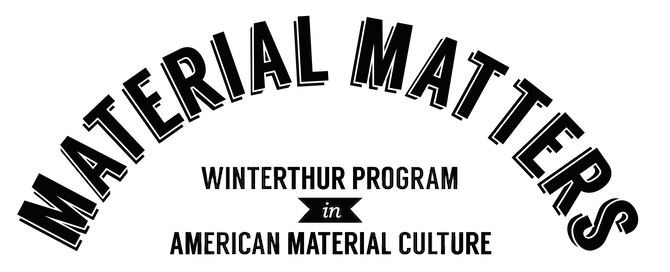Medicine, Historical Empathy, and a Mummy at the Charleston Museum
By Fiona Owens
Content warning: Discussion and subsequent photographs of the display of human remains.
The Charleston Museum in South Carolina, opened in 1773, constitutes the oldest museum collection in the United States. In addition to exhibitions on the natural and cultural history of the low country region, objects from the museum’s original collection can be found tucked into a small corner of the upstairs gallery space. There, interpretive panels explain how this eclectic grouping of artifacts represent the product of the early collecting years of the museum — a Southern cabinet of curiosities.
Amongst narwhal tusks and plaster casts is an unexpected sight: an Egyptian mummy.

The “Lady of Cairo,” as the Charleston Museum calls the mummy, was looted from her tomb and brought by the museum for $200 in 1893. The wrappings covering her face were crudely cut away to confirm the veracity of the museum’s purchase, leaving her face and skull visible. With no warning and little interpretation, the Lady of Cairo makes for a disturbing display.
Museum practices have quietly shifted away from the exhibition of human remains in recent years. Criticism of the often insensitive display and subsequent dehumanization of mummies, bog bodies, skeletal remains, and associated grave goods has prompted museums to relocate these human remains to storage or embark on the process of repatriation.
To remove the Lady of Cairo would be to miss the point. In this exhibition, the Charleston Museum has a valuable opportunity to introduce the public to the history of looting that underscored the formation of countless early museums. With the proper interpretation, museumgoers could learn from and connect with this idea and the mummified individual in new and important ways.
Following our return from the Southern trip, my friend Isaac Bouhdana, a current medical student at McGill University, called me and shared he was on his way to attend a commemorative service for the cadavers he and his peers work with in his lab. This service is one of many ways in which medical students are encouraged to connect with their donors. Despite being given little information, students are asked questions like “If you could meet your donor at any point in their life, at what age would you want to meet them? Where? What would you talk about?” The aforementioned commemorative service forms the final step of their work. Their humanity is not a hindrance to the students’ studies; instead, these activities inform a more complete understanding of their work.
Isaac’s situation reminded me of the Lady of Cairo, and I wondered if similar approaches could be applied at the Charleston Museum. Scans conducted by the museum revealed that she died aged 20-40 years between 700-30 BCE, but without solid provenance, little else is known. One can interpret her social status from the quality of embalming, but her name, personality, likes and dislikes, are uncertain.
There is a way to display a cabinet of curiosities to the public without making this person into an object. Archaeology and museology have long taken inspiration from other disciplines, especially geology and forensic science. I suggest that the ideas behind Isaac’s course be applied to the interpretation of mummified individuals like the so-called “Lady” in order to encourage historical empathy. I advocate for the mummy to be kept on display, but with a warning. Visitors may even be asked some of the same questions put to Isaac. Through connecting with the Lady of Cairo, perhaps the horrors of her removal and subsequent mutilation would be made more striking, and the exhibition more effective.
Works Cited
Jenkins, Andrea. “Body Donors Honoured at Annual Commemorative Service.” Health E-News, July 19, 2017. Accessed July 1, 2025. https://healthenews.mcgill.ca/body-donors-honoured-at-annual-commemorative-service/.
“The Mummy of the Charleston Museum.” The Charleston Museum News and Events. Accessed July 1, 2025. https://www.charlestonmuseum.org/news-events/the-mummy-of-the-charleston-museum/.

Leave a Reply